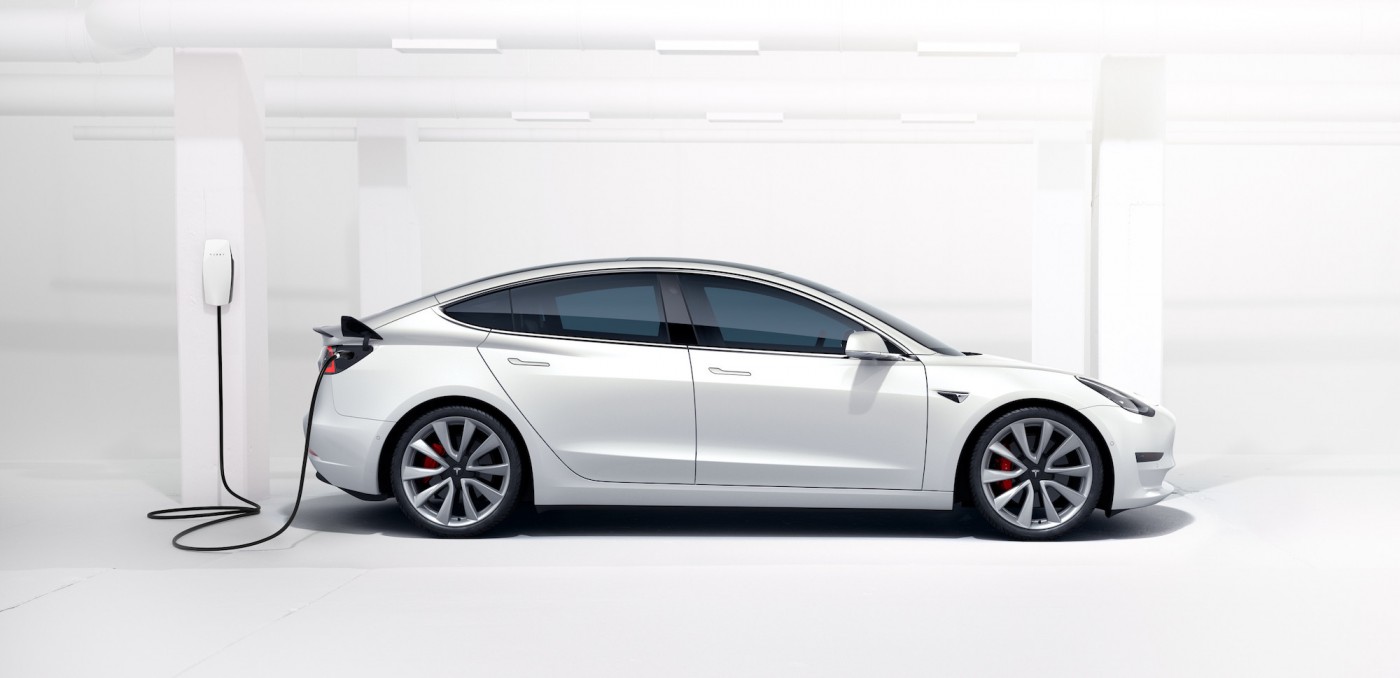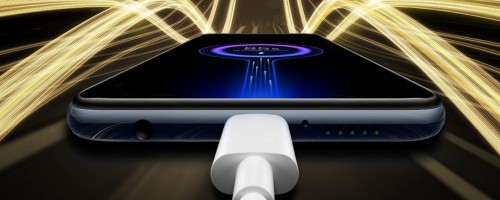As the world moves from Internal Combustion Engines (ICE) to electric cars, owners need to learn a few things and change their habits. One common question is related charging: should we charge to 100% like we used to fill up our fuel tank?
The short answer is… only if you really need it.
In this article, we’ll look at why and when to and not to charge past 80 per cent.

Batteries vs Gas / Petrol
First things first. If you’re moving from a traditional ICE (Gasoline and Diesel) vehicle, it’s important to understand that:
- The “refuelling” process is different.
- Both Electric and ICE cars have downsides and upsides.
When it comes to charging, electric cars are usually behind because current batteries can not charge at full speed until they are fully charged. To protect battery life, speeds are often reduced after the state of charge reaches 70-80%.
In practice, it’s sometimes faster to go from 5% to 80% than from 80% to 100%. This is true for cars, computers and even mobile phones.
Another limitation of the current battery tech is that most batteries don’t like the “extremes” and perform better when not too empty or not too full. Discharging the battery too low is especially bad (way worse than keeping it at 100%) and that will affect the long term battery life.
| Battery / Electric | ICE / Gas | |
| Speed: | Fast-ish, but slower after ~70%. | Fast until 100%. |
| Cost: | Fixed price (unless you pay by minute). | Fixed price. |
| Weight: | Fixed weight, consumption, and handling. | Heavier vehicle, higher consumption. |
| Less than ~10%: | Bad for long term battery life. | Possible issues if the tank isn’t clean. |
| Higher than ~80%: | Not a big problem, but should be avoided. | No issues. |
Why avoid fully charging the battery?
While your car can charge to 100%, there are reasons to avoid doing it. Usually we can group all concerns into two categories:
- The time it takes to charge the last 20 or 30%.
- Long term battery life.
Let’s expand both points.
It takes too long:
This is the main reason. As explained above, batteries charge slower as the state of charge increases and often it doesn’t make sense to go past 70 or 80%. It’s too slow and takes too long. It’s often faster to stop twice than to wait for the battery to reach 100%.
If you’re in a hurry, consider charging up until the point charging speeds start dropping (this information if usually available on your car or on the charger itself). If needed, stop again. It should be faster this way.
It helps to think of your battery as two separated batteries. There’s the main big battery that charges quickly (0% to 80%) and a small battery that gives you 20% (80% to 100%) that should only used when needed because it’s too slow. Think of it as an extra fuel tank for extended trips.
It can be bad for the battery life:
All batteries age and lose capacity with time. How fast this happens and how much capacity it loses depends on things you can’t control (temperatures, chemistry, charging curves), but also on how you use them.
Be it a car, a laptop or a mobile phone, it’s always a good idea to avoid what makes them last less.
Keeping batteries at 100% is bad for them, so unless required, keep the state of charge under ~80%.
Other suggestions to improve long term life:
- Avoid going too low as it puts a lot of stress on the cells.
- Avoid charging to 100% if you don’t need it.
- Fast charge only when needed or a slower option isn’t available.
- Fast charging generates heat, which helps degrading the battery.
- Fast charging also asks more from each battery. Cars that fast charge a lot will lose capacity faster than cars that charge slowly.
- Buy cars with active temperature management. This helps keeping the battery inside a good temperature range while charging or driving in winter or summer.
When to charge to 100%?
There are good reasons to not fully charge your battery, but sometimes it makes sense to charge it to 100%.
Usually you’ll want to fully charge when you need the extra power and time isn’t important:
- Before a trip or overnight during a trip.
- Before leaving the car parked for long periods (eg: during vacations).
- When the next charger is too far away.
- When you’re doing something and it’s fine for the car to be charging.
- If you want to save money and only charge when electricity is cheaper.
A practical example:
Let’s say that you have a charger at home and that you want to go on a long trip. In this case, it makes sense to charge the car to 100% overnight so you can travel longer in one charge. This also helps reducing the duration of each charging stop because if you arrive with more charge, you’ll also spend less time charging.
And then you can use the same logic during your trip. For example, if you stay in a Hotel with charging facilities, charging your battery overnight will help you in the following day.
Look at your needs and fully charge when it makes sense. Just don’t make the mistake to still think as if you had a diesel or gasoline car!
What are companies doing to improve this?
While current battery and charging technology makes electric cars and trucks possible, it’s also the Achilles’ heel of electric vehicles. For this reason, car manufacturers and other companies are investing a lot of resources to improve this.
Current tech:
Some brands try to use more, but smaller batteries. This sometimes means that they are able to charge really fast until ~80% as they are can distribute power for more batteries at once.
Since most batteries have an optimal temperature range for charging, different cars use different battery heating or cooling solutions to keep charging sessions short.
Some cars use passive cooling, while others circulate coolant inside the battery pack and the use radiators and fans to keep temperatures down. More advanced systems even use the car’s air conditioning to help out. All this helps avoiding what people call “rapidgate”, where speeds drop because temperatures are too high.
For cold days, some cars use the heat generated by the electric motors to heat up the battery. Some cars also have heat pumps that use heat from inside the car or outdoors to warm up the battery. This avoids the so called “coldgate”, which happens when the battery is too cold to charge at full speed.
Manufacturers are also able to use different voltages and battery chemistry although there’s always a trade-off involved, be it cost, speed, range or even long term life.
Some brands have also played with the idea of a quick battery swap that takes less than 10 minutes, but since that requires advanced facilities, most seem to prefer fast charging solutions.
There have also been some rumours about using capacitors to quickly transfer power from a charger to the vehicle and then slowing charging the battery. So far, no car has used this combination to reduce the charging duration.
Future tech:
Some of the components used in batteries are expensive, hard to get or hard to recycle, so battery manufacturers want to avoid them. Brands like Tesla are working to completely remove cobalt from their batteries, for example.
In the future, we’re likely to see different chemistries used. While that already happens today to a certain extent (eg: batteries for cars vs batteries for trucks vs batteries for backup power), many players are investing a lot of money in this area, so it’s very possible that in the future batteries will use a different mix that allows either for faster speeds or higher capacity (or both!).
Solid-state batteries are likely to play a big part in future improvements as they are potentially safer and have higher energy density. However, as with many technologies, there’s always some trade-off (cost, weight, long term life, capacity). A lot of time and money are being invested in solid-state batteries, so keep an eye on this technology.
Final words
We’ve reached a point where electric cars are good enough to replace ICE cars and, in some areas, are even better (eg: when it comes to maintenance). However, charging still lags behind ICE vehicles. This is slowly being improved with new tech and the deployment of more and faster fast charger stations.
With this said, due to the way batteries work, it requires car owners to adapt and change their old habit of fully filling their tank to charging a battery to only 70-80%.
2021-08-12 // Others // 0 Comments



Comments: